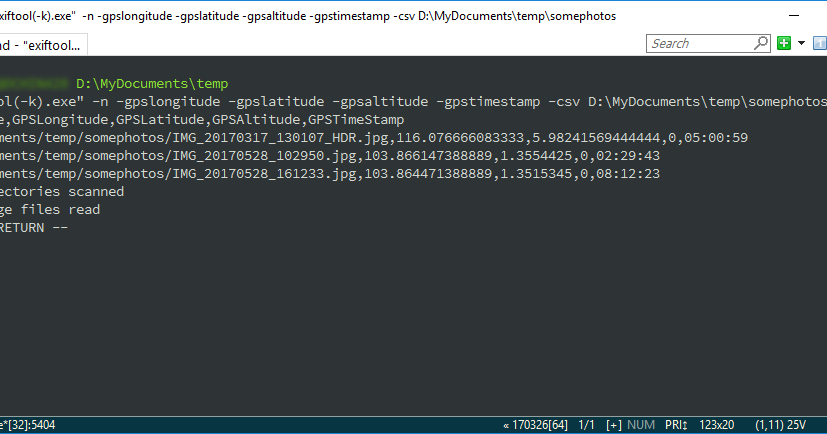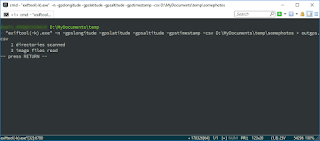

With ExifTool I type:Īnd it shows me all the metadata fields and the information they are populated with.

I also need to be able to extract meta data from a JPG file to see which fields are populated.
Replace
Then, from the command prompt, in the correct directory, I type:Īnd all the metadata from the csv file is embedded into the appropriate fields in the JPGs. Open Terminal and use the below line in the codeblock. This option is mainly used for extracting embedded images or other binary data, but it may also be useful for some text strings since control characters (such as newlines) are not replaced by '.' as they are in the default output. With ExifTool, I do it like this: I put all the JPGs in a folder with ExifTool.exe and the corresponding csv. Output requested metadata in binary format without tag names or descriptions. The csv spread sheet would contain all the file names under "SourceFile", and corresponding fields "DateCreated", "Keywords", "Description", and "Writer-Editor". Flags may be hidden in the meta information and can easily be read by running exiftool. What I need to do is batch transfer meta data from a csv file into a set of JPGs. Exiftool allows you to read and write meta information in files. Recently, however, one of our clients said that the metadata we embedded with ExifTool did not work with there database, and they suggested we use ImageMagick instead. We normally use ExifTool to batch transfer meta data from a. I work at a company that provides digital archival services.


 0 kommentar(er)
0 kommentar(er)
